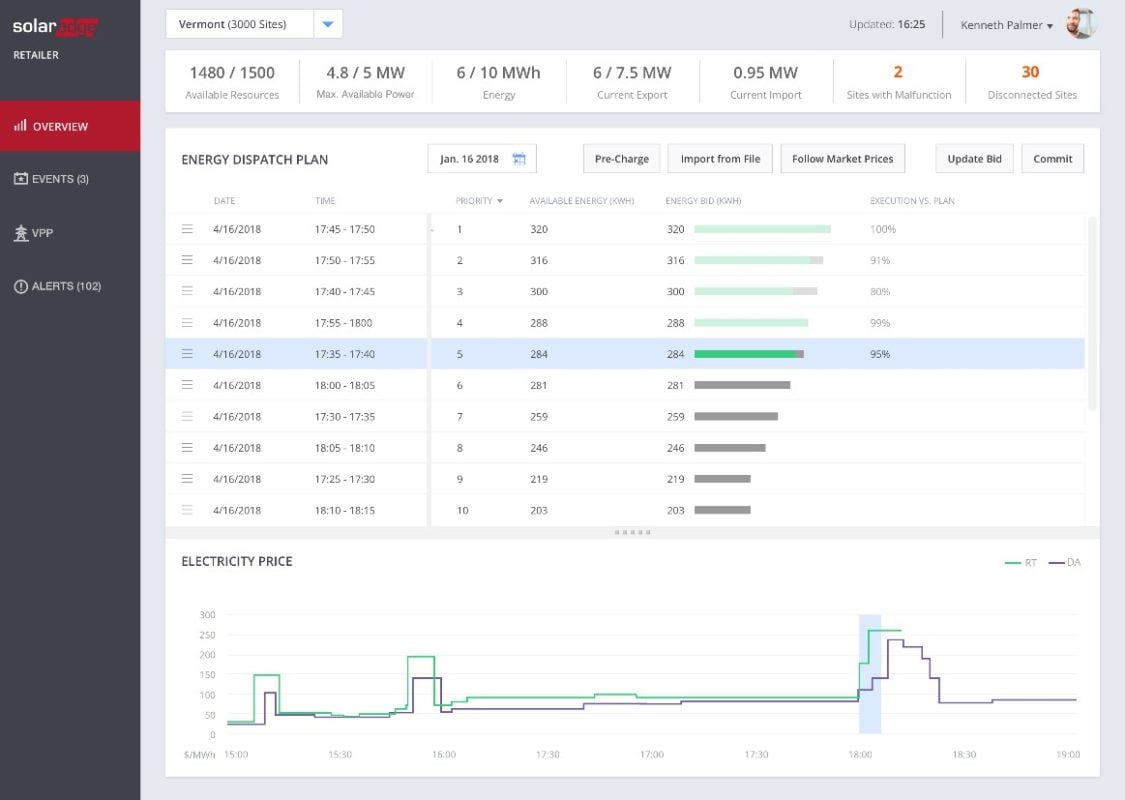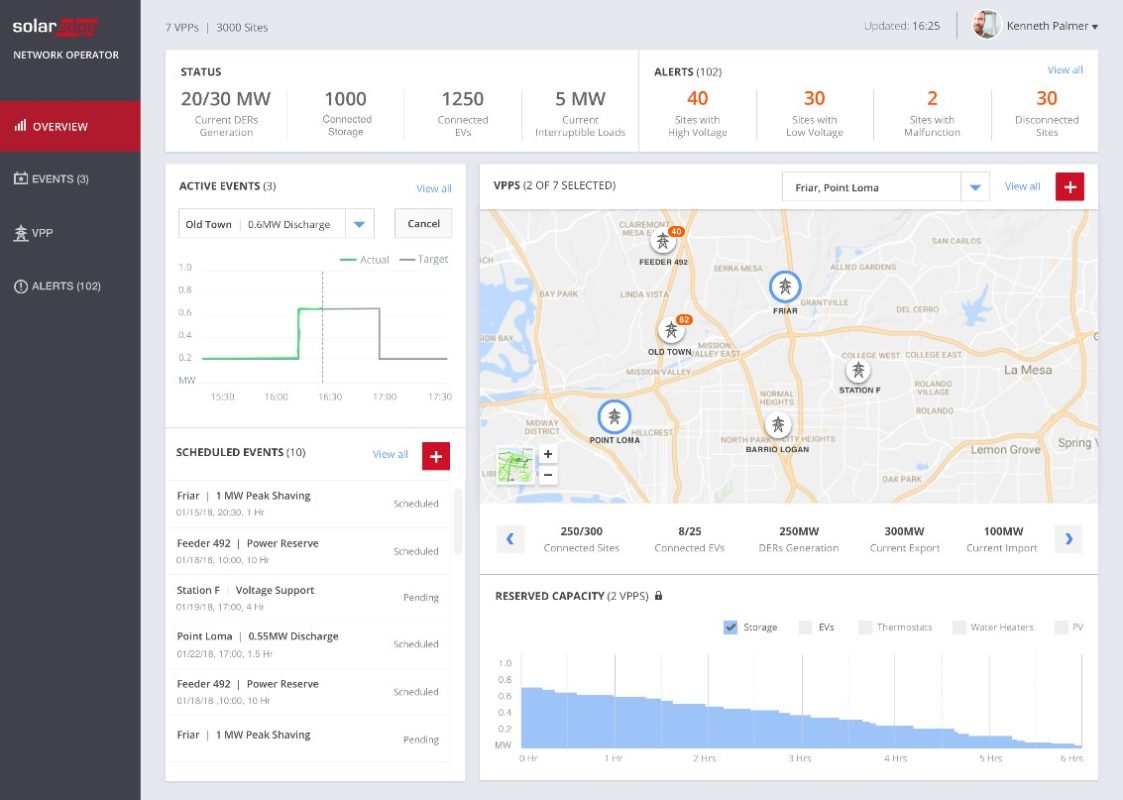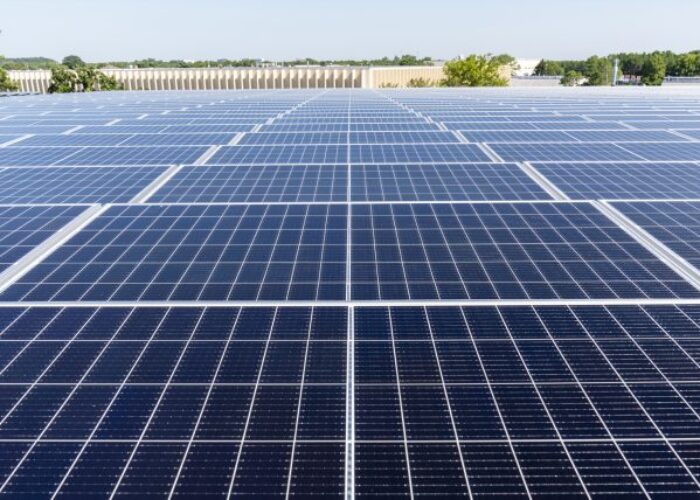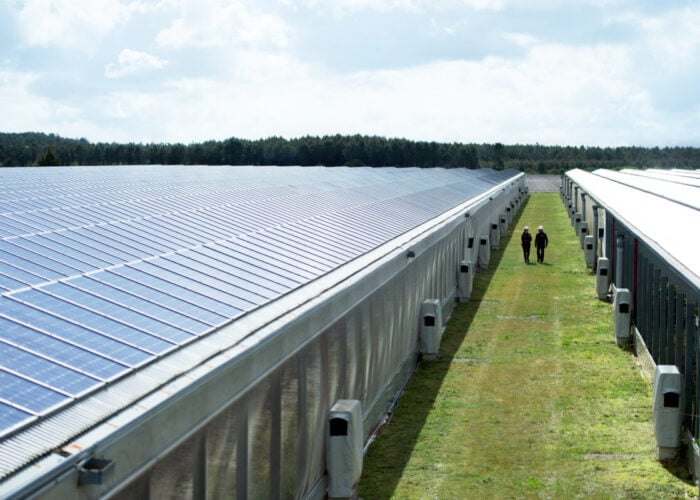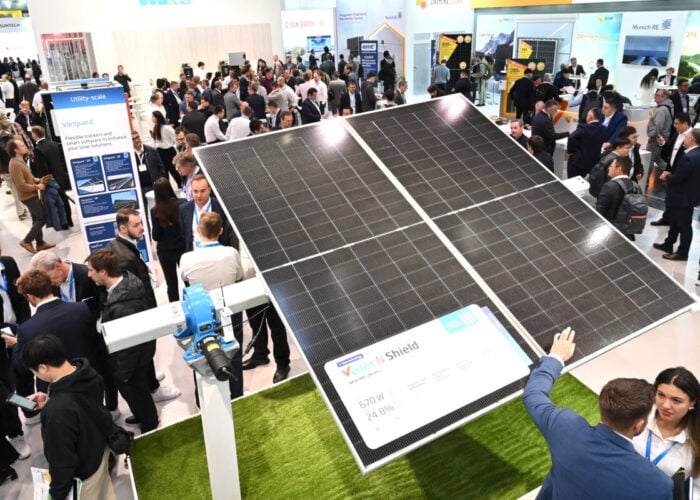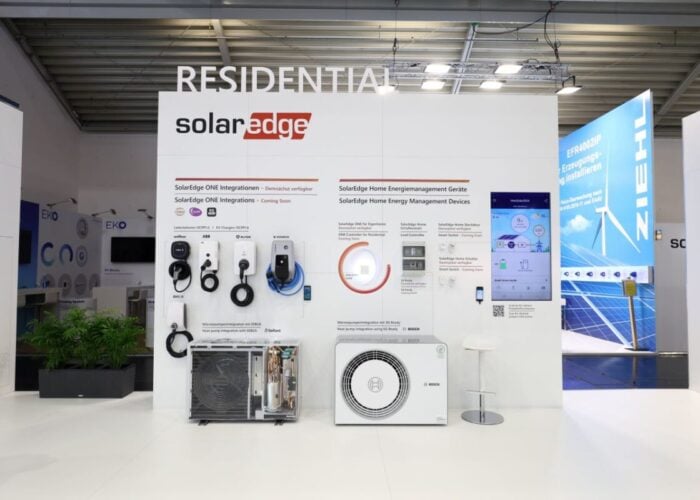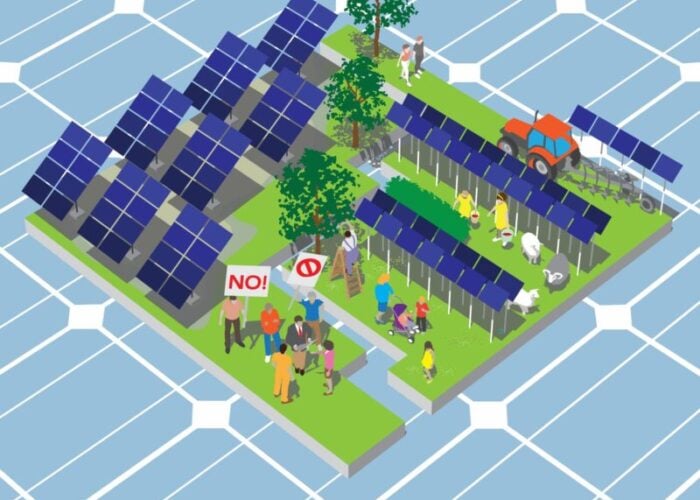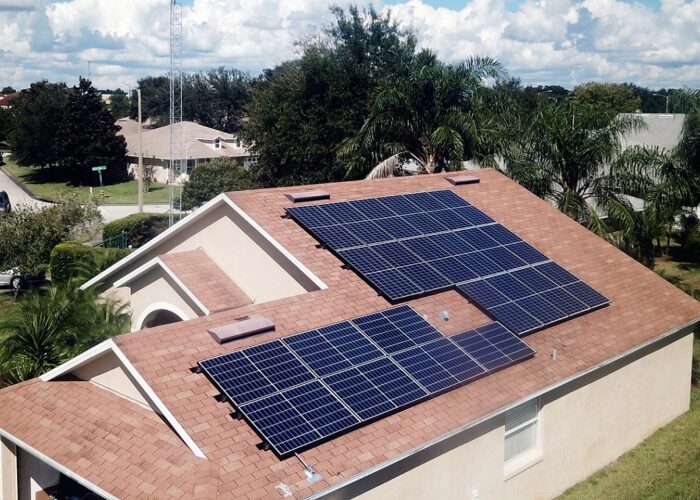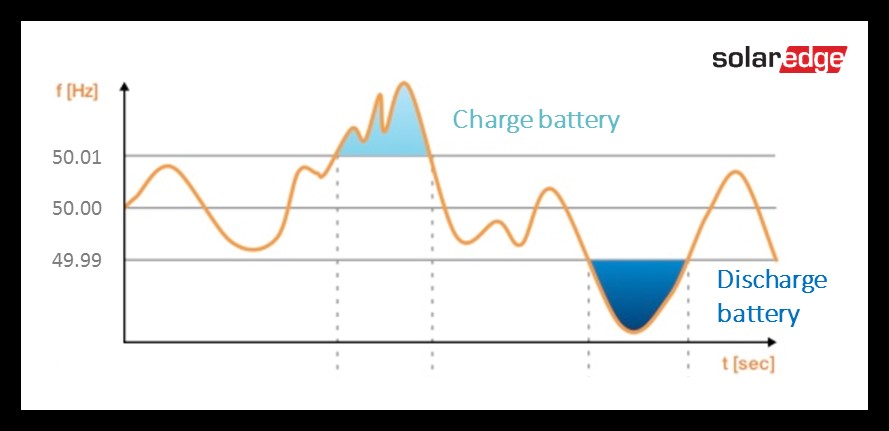
SPONSORED: With the increasing proliferation of PV and storage around the world, the energy production industry is transitioning from a centralized system to a distributed network in which energy is produced closer to the location it is stored and consumed. This provides owners of PV systems, battery storage, and electric vehicles (EVs) with a potential new revenue stream by selling back self-produced and stored energy while supporting greater load flexibility. However, the new complex network of distributed generation requires sophisticated management platforms to provide real-time, aggregated control of the available energy resources to meet the ever-changing supply needs.
Cloud-based grid services and VPP solutions that offer real-time aggregative control and data reporting while enabling the pooling of PV, storage, and EV chargers can help support this transition and offer economic benefits to all stakeholders. These types of cloud-based, aggregative-control solutions can save the upfront investment and on-going support required by similar solutions which are based on local control. Offering value to all stakeholders, grid services provide utilities with the tools to unlock the flexibility of distributed energy generation systems to more efficiently meet demand. At the same time, energy retailers enjoy increased protection from price peaks and PV system owners can increase their revenue from joining this new energy economy. Grid services can help resolve a variety of complex energy issues, such as meeting energy supply shortages, hedging against price volatility, and maintaining grid stability.
Unlock unlimited access for 12 whole months of distinctive global analysis
Photovoltaics International is now included.
- Regular insight and analysis of the industry’s biggest developments
- In-depth interviews with the industry’s leading figures
- Unlimited digital access to the PV Tech Power journal catalogue
- Unlimited digital access to the Photovoltaics International journal catalogue
- Access to more than 1,000 technical papers
- Discounts on Solar Media’s portfolio of events, in-person and virtual
In the instance of insufficient local supply wherein there is an imbalance between available capacity and demand, distribution utilities can defer building costly and often underutilized network infrastructure by leveraging pooled energy in VPPs to instantly overcome local supply shortages. Currently, grid operators need to add/upgrade a local substation or feeder which comes at a considerable capital cost. In addition, such upgrades tend to be underutilized for a number of years. However, with a VPP solution, the utility could defer the infrastructure upgrade by utilizing locally stored energy and potentially saving millions of dollars each year. This type of VPP solution also provides the flexibility to gradually increase storage capacity to meet a growing demand. It also allows utilities to utilize the pooled battery power to compensate for the gap between demand and supply as it evolves over the years. We estimate this VPP solution would require about a tenth to a fifth of the cost of the CAPEX for a new substation.
In the instance of hedging volatility, in which electricity retailers lose margins at times of abnormally high wholesale price peaks, retailers can get increased protection from energy price peaks. This is done by facilitating access to stored energy and interruptible load through automatically discharging energy or lowering demand to reduce costs during peak price hours. This is a better alternative for retailers who currently have to financially hedge in this type of scenario, which can be extremely costly. However, with SolarEdge’s VPP solution, a pool of distributed batteries can be discharged to fulfil the retailer's customers' demand rather than meeting the supply requirements with energy purchased at market prices. This reduces the cost to serve end customers by consuming energy at a capped cost from the battery when prices are high and recharging the batteries when prices are low (or even negative) from locally generated solar energy. In addition, loads can be actively curtailed by modulating or stopping EV chargers, thermostats, and other devices in order to reduce the demand. The owners of participating systems can receive compensation for providing this flexibility; and retailers can reduce their costs. This solution offers system owners potential additional revenue from the PV and storage system.
In the case of supporting grid stability, voltage fluctuations due to load and high penetration of intermittent resources may cause unnecessary energy losses, or in extreme cases, equipment damage if voltage exceeds the permitted range. Currently, distribution utilities install costly in-line voltage regulators. However, with the implementation of a VPP, this expensive hardware could be eliminated for an estimated cost saving of thousands of dollars per feeder. Instead, the VPP could pool PV, batteries, and EV chargers in the cloud to instantly and automatically modify generation or consumption in order to help network operators stabilize grid frequency and voltage.
The transition from a centralized grid, is not simply a trend, but a revolution in how energy will be produced and consumed. SolarEdge is providing a turnkey, user-friendly solution for fast and easy integration into and interfacing with utilities’ current grid control eco-systems and is spearheading the advancement of the energy evolution.
